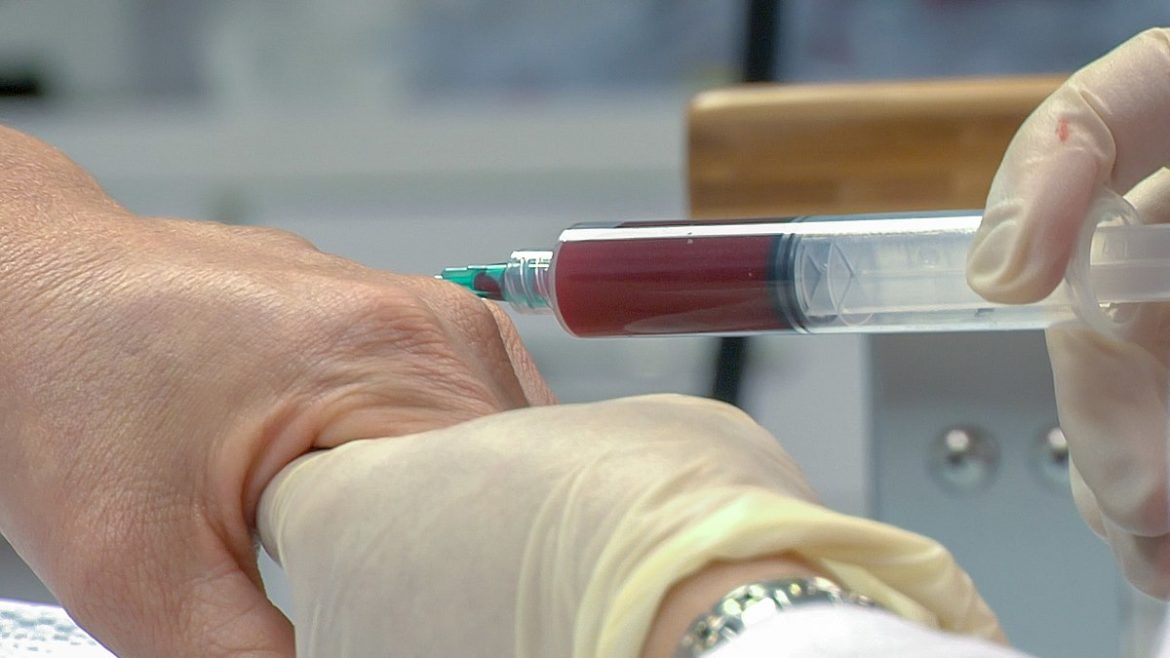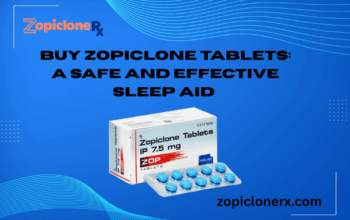Using platelet-rich plasma cells for curing many disorders is in the habit for many years. It is a nonsurgical procedure and will include no chemical supplements, but the platelets that are extracted from the blood of the patients. Hence, there are minimal or no chances of side effects in this case, as the source of cure are from the patient’s physiology.
PRP or also known as Platelet-Rich Plasma therapy requires the usage of the best PRP-Röhrchen [Meaning PRP tubes] and you can find them in the Plasmolifting Shop. They take pride in selling all kinds of the required PRP therapy tubes of all kinds. You can visit their website and place an order for the required tube.
Principle
Platelets are formed in the bone marrow and are the cytoplasmic fragments belonging to megakaryocytes. They are rich in more than 30 kinds of bioactive protein and most of such proteins have a very important role to play in the healing process of tissues and also healthy maintenance of homeostasis.
PRP is also known as growth factors, fibrin matrix, platelet concentrate, and so on. This concept came into existence first in the field of haematology in the year 1970 and was employed in treating patients suffering from thrombocytopenia. Plasma was used for transfusion along with the RBCs and WBCs that are present in the blood, and it became very useful in treating many issues.
Classification of Platelet-Rich Plasma
Platelet-Rich Plasma is classified into 4 different families namely,
-
P-PRP
This kind of PRP is also known as leukocyte-poor PRP because they have a very low-density fibrin network, and also are prepared without leukocytes.
-
L-PRP
These are the Platelet-Rich Plasma cells that are prepared with the help of leucocytes. Both the experimental and commercial systems exist in this family and hence are considered as the best source for PRP therapy.
-
P-PRF
These are devoid of leukocytes but have a very rich high-density fibrin network. These products are available in gel form, and hence cannot be utilised for some procedures like the traditional fibrin glues.
-
L-PRF
These are second-generation PRP products and will be rich in both the high-density leucocytes and fibrin networks.
Techniques Employed in PRP Therapy
Here are some of the techniques that are followed during PRP therapy.
-
Closed technique
It includes the usage of some of the commercial devices that come with Centrifuge Equipment marking. Here, the product will not be exposed to the environment and every step in the procedure will be followed under closed climatic conditions.
-
Open Technique
The product that is taken for centrifugation will be exposed to many products that form the basis of their production. Some of the products that are used during the procedure include product-collection tubes, pipettes, and other such equipment. Even though the chances of exposure are quite high in this case, the product will not be contaminated.
Dermatology procedures state that PRP therapy is an ideal choice for taking care of some of the major disorders, as the PRP solution is the extract from the blood of the patients.




